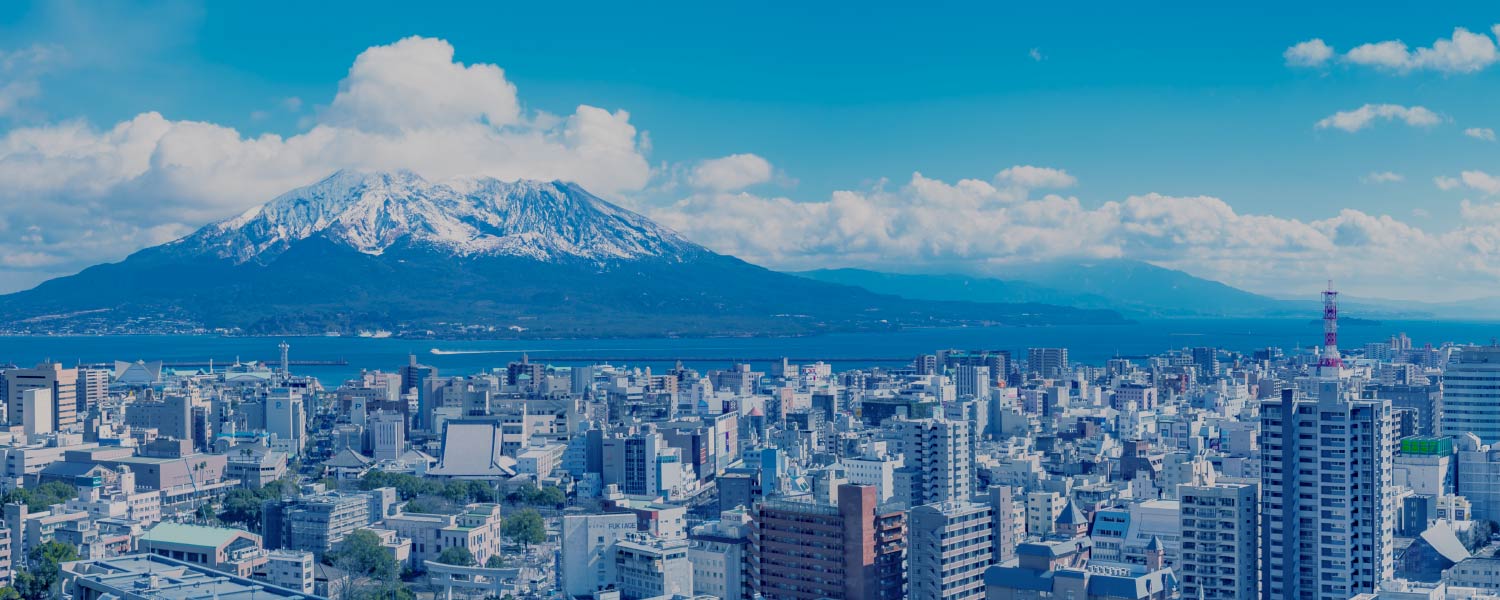Satsuma is the old name for Kagoshima Prefecture. It is located at the southern tip of Kyushu, the southernmost island of the four main islands of Japan. The Satsuma and Osumi peninsulas on the southern end of the mainland enclose Kinko Bay. Within the bay sits the active volcanic island, Sakurajima. Sakurajima erupts frequently, 432 times in 2020 alone, and dusts the surrounding areas with fine volcanic ash. Kagoshima is also home to several islands, stretching over 600 km from north to south. Cities at similar latitudes include Shanghai, Cairo, and Houston. This section is focused on the mainland Kagoshima, and the Amami Islands are introduced separately here.
Kagoshima produced many historical figures involved in the Meiji Restoration, as well as several government and business icons of the Meiji era. For this reason, Kagoshima has an image of a modern historical hotspot to many Japanese people. Popular tourist destinations include volcanic Sakurajima, the ancient cedar trees of Yakushima, and the rocket launch site in Tanegashima.












